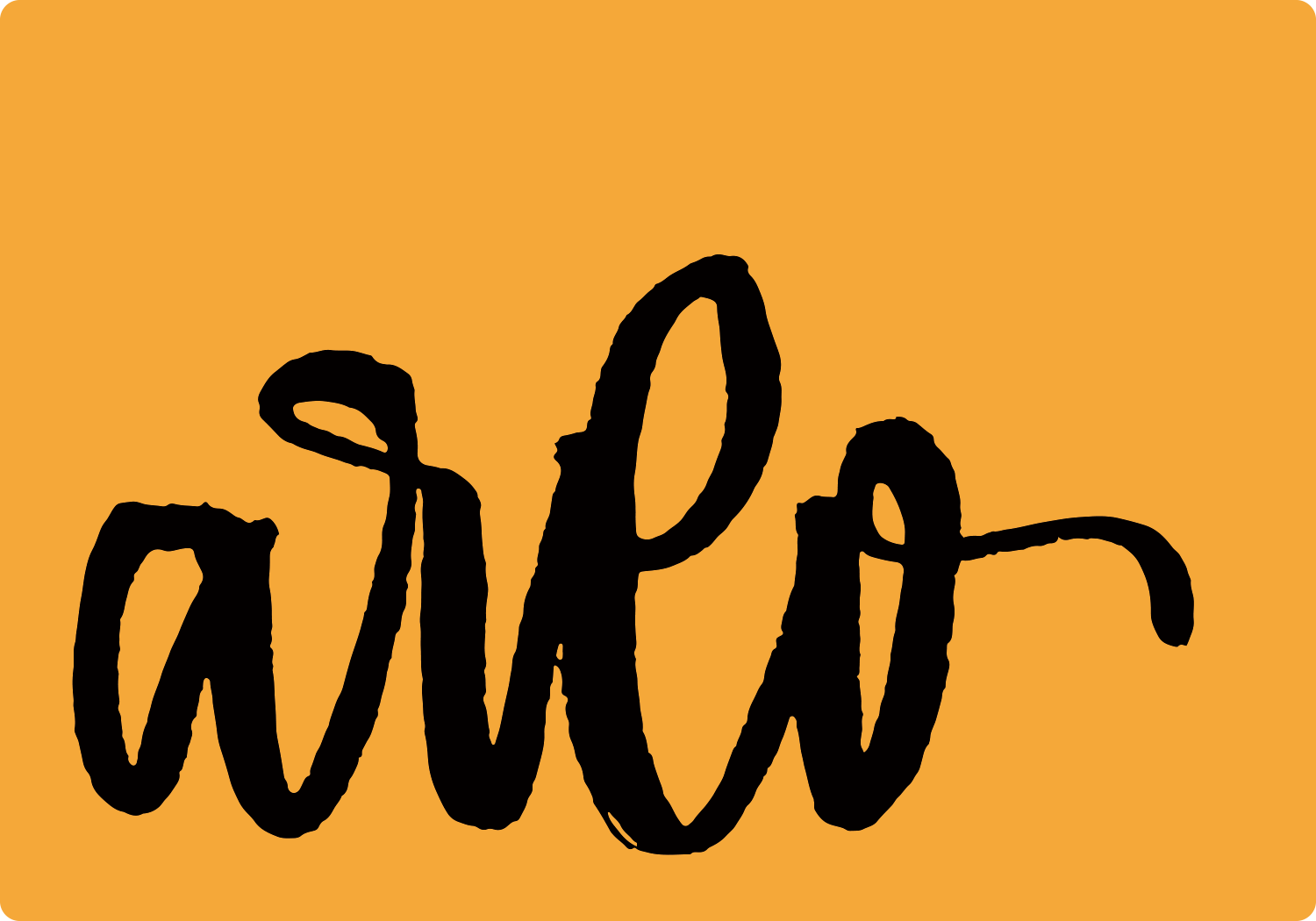A few days ago, I saw a recommendation from Maria Popova’s Brainpickings Blog for Lynda Barry’s book Syllabus: Notes from an Accidental Professor (affiliate link). I remembered that I own this book, and that I got it when it came out 7 years ago. It’s a GREAT book if you are a teacher and want to look at ways to engage your students in a way that’s unique and encourages their creativity because let’s face it.
Students don’t want to write another paper.
I want to focus on one practice in her book called the Daily Diary. In the link above, from the blog post, it’s the 5th photo. This is a practice that Prof. Barry recommends that you do daily as a practice in your journal. I chided folks in the chat that we all have journals - and that we never seem to finish them, but this should fill in your journals pretty quickly. The idea of filling up a journal exhilarates me, and as I’m quickly approaching the close of this journal, I’m being more open with the idea of what my journal is to me and how I use it. I’ll save that for another time.
The daily diary involves four content areas and should not take you more than 6 minutes. The practice of doing this daily helps, IMHO, foster a sense of paying attention in your life and appreciation for one’s life. Paying attention is an underrated skill that is not taught, and it involves a certain willingness to be awkward and staring at random things.
A quick sketch of a daily diary page (thank you to Lynda Barry for this exercise).
But here goes. There are four frames in your page: What you did, What you saw, Something you heard, and Draw something you saw. (sorry it’s yellow).
So what you’ll do is just take your 6 minutes and fill in the blanks. 7 is arbitrary, you can do up to 10 items in each of the big colums.
This exercise asks you to consider all the things big and small, important and not so important (I put “I pooped” in what I did column FWIW). The things you see, big and small, matter. Start to notice the things around you.
This exercises demands that you do it daily, and in doing so, you start to build a capacity to paying attention to the world around you making you a more present person, and who wouldn’t want to be more present for the people in our lives, the work that we do, and the callings we have?
Enjoy this exercise!



